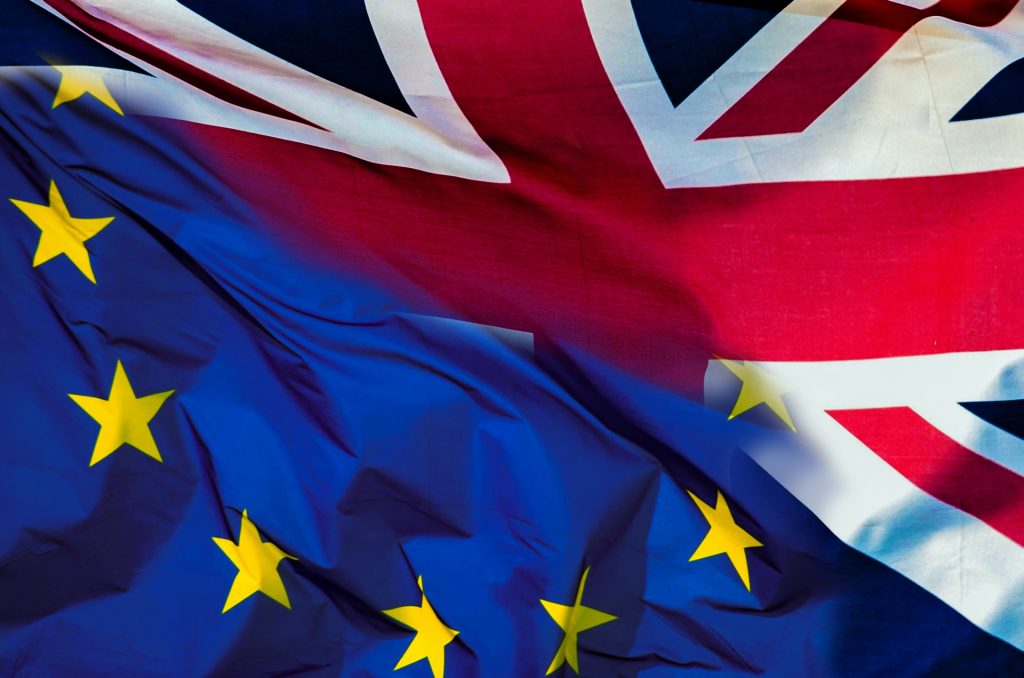Two big Brexit-related things happened yesterday: The Department for Exiting the EU (DEXEU) released a series of papers on what the consequences of a no-deal could be, and Philip Hammond, Chancellor and head of the Treasury, released a letter saying the consequences would be very, very bad.
What it means: When you've got two government bodies (who you'd think would be on the same side) arguing over how much Brexit will affect GDP, it's difficult not to despair for the prospect of understandable economics.
Philip Hammond's letter said a no-deal exit would leave Britain needing to borrow an additional £80bn per year by 2033-34 - a painful statement for a Chancellor who's obsessively tried to lower the amount the government borrows during his time in power. He also said the total value of the goods and services Britain produces could fall by up to 10% in the same time period.
Meanwhile, Dominic Raab, Brexit secretary, was releasing papers on the consequences of no-deal outlining specific changes that could happen – credit card payments to the EU could become more expensive, organic farmers will need a certification to trade with the EU, there may be changes to VAT - but all wrapped in assurances that this probably won't happen and 'Britain's best days lie ahead'.
Both sides started launched doubt and dismissive statements at each other over the course of the day, with hard-line Brexiteers dismissing Hammond's warnings as 'Project Fear'.
But groups like the National Farmers Union have already expressed worry about the contents of the papers, with the Federation of Small Businesses asking for them to be re-issued in in language "every small business owner can understand".

